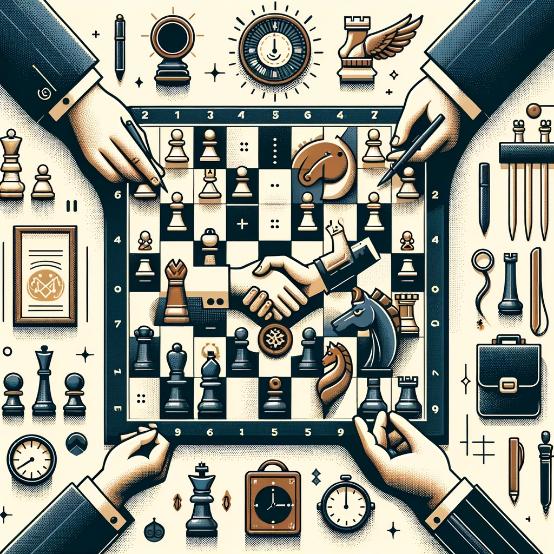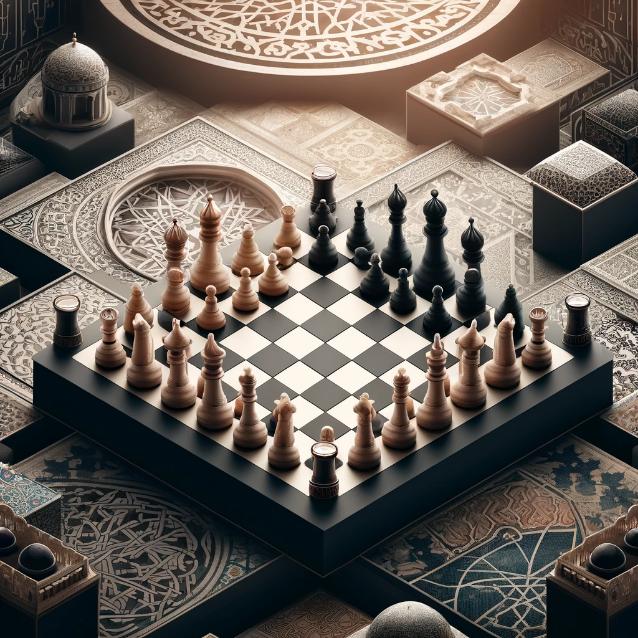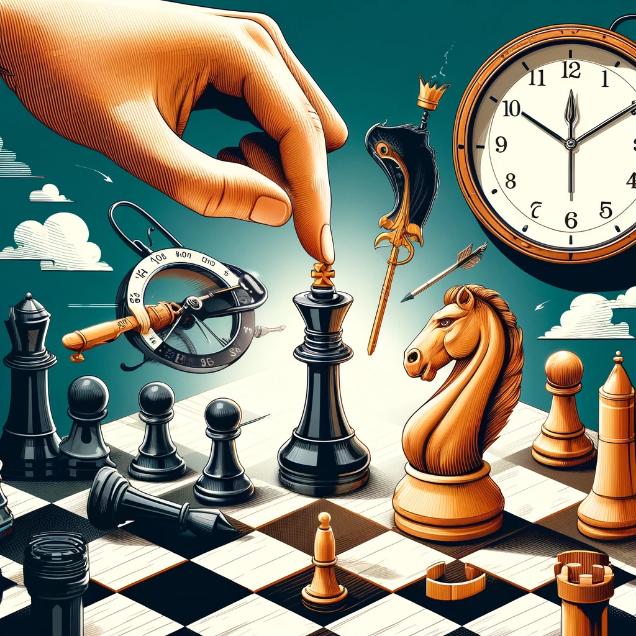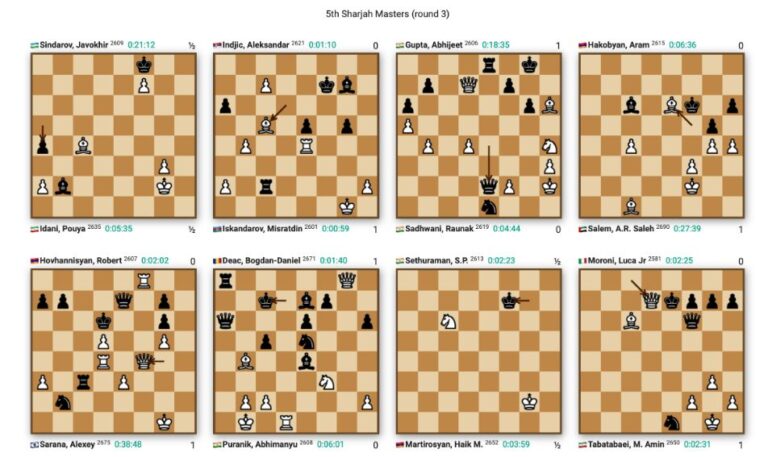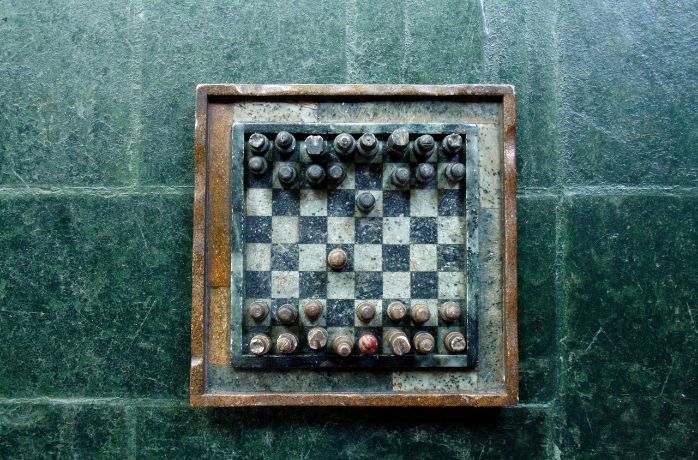In the intellectually demanding world of chess, where each move is a blend of strategy, foresight, and tactical execution, the term stalemate represents a unique and often surprising endgame scenario. As an International Chess Master, I have encountered and leveraged stalemates in various competitive situations, recognizing them as critical elements of chess strategy. This article aims to demystify stalemate, exploring its definition, implications, and strategic significance in the game of chess.
The Definition of Stalemate
A stalemate occurs when a player, on their turn, has no legal moves and their king is not in check. It’s a situation that results in an immediate draw, regardless of the material imbalance on the board. Stalemate is often misunderstood by beginners who might confuse it with checkmate. However, the distinction is clear: in a checkmate, the king is in check with no legal moves to escape, leading to a win for the attacking player; in a stalemate, the king is not in check but cannot move without moving into check, leading to a draw.
The Implications of Stalemate
The implications of stalemate are profound, adding a layer of depth and complexity to endgame strategy. For the player at a material disadvantage, seeking a stalemate can be a tactical retreat to salvage a draw from a seemingly lost position. Conversely, the player in a dominant position must navigate the endgame carefully to avoid accidentally stalemating their opponent, thus forfeiting a win.
Stalemate as a Strategy
Understanding how to maneuver towards or avoid a stalemate is a crucial skill in chess strategy. In positions where a win seems impossible due to material disadvantage or positional inferiority, a player might deliberately complicate the position or reduce their own mobility in hopes of forcing a stalemate.
Conversely, a player aiming to convert a winning advantage into victory must be vigilant. They must ensure that their attempts to corner the opponent’s king do not inadvertently eliminate all legal moves for the opponent, except for placing their own king in check, thus leading to a stalemate.
Examples and Scenarios
Stalemate scenarios often occur in endgames where few pieces remain on the board. A common example is when one player has only a king left, and the other has a king and several other pieces. If the player with more pieces isn’t careful, they might block all escape squares for the opponent’s king without putting it in check, resulting in a stalemate.
Another example is in more complex positions where a player sacrifices their remaining pieces to reduce their mobility, guiding the game towards a stalemate. These scenarios underscore the importance of each player’s awareness of the potential for stalemate throughout the endgame phase.
Conclusion
Stalemate is a fascinating aspect of chess that underscores the game’s complexity and the need for meticulous planning and execution. It represents a last-ditch defensive strategy for players on the brink of defeat and a potential pitfall for those on the verge of victory. Understanding stalemate, both in theory and through practical experience, enriches a player’s strategic depth and can dramatically influence the outcome of games.
As we delve into the nuances of chess, the concept of stalemate reminds us that victory is never assured until the final move is played. The possibility of a draw through stalemate adds a layer of intrigue and challenge, making chess the endlessly captivating pursuit it is for players around the world.



